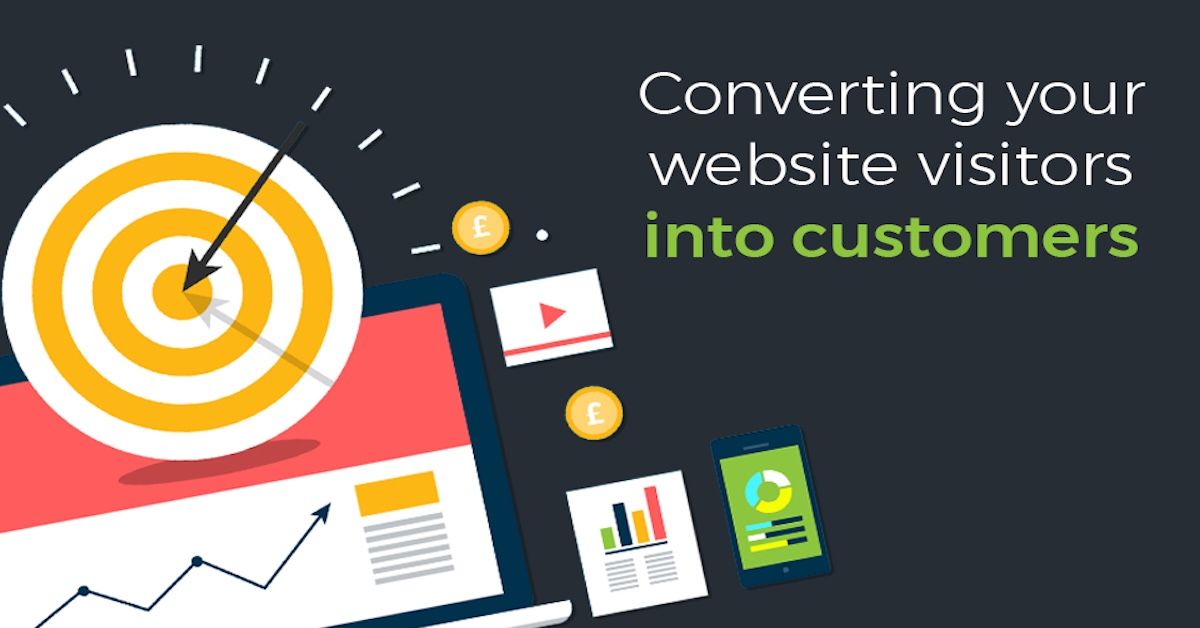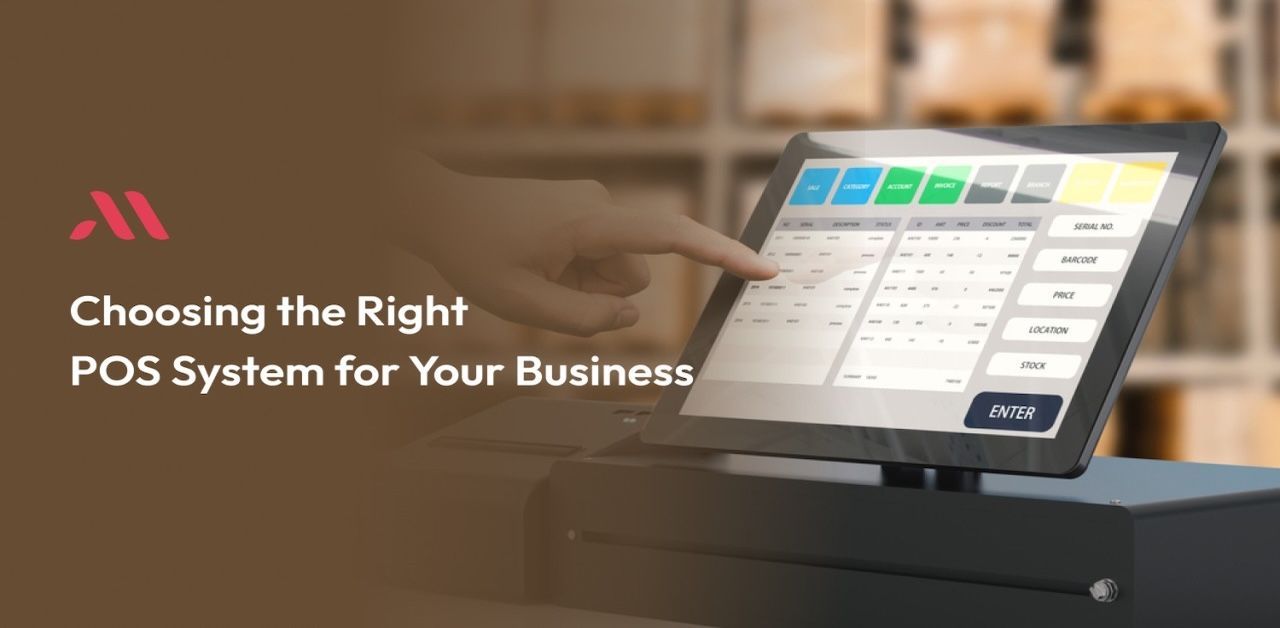How Can Professional Website Design Convert Visitors into Customers?
In today’s competitive online world, having a professional website is no longer just an option for businesses—it's a necessity. Your website serves as the virtual storefront for your brand, and its design can play a critical role in converting casual visitors into paying customers. Whether you run a small business or manage a large corporation, an intuitive, aesthetically pleasing website can significantly impact your bottom line. In this article, we’ll explore how professional website design can enhance user experience and ultimately convert visitors into loyal customers.

The Role of Website Design in Customer Perception
When a potential customer lands on your website, their first impression is often based on its design. A clean, professional design immediately signals that your business is legitimate and trustworthy. On the other hand, a cluttered or outdated website can raise doubts and cause visitors to bounce. First impressions matter, and a well-designed website is your opportunity to establish credibility.
Website design is more than just visual appeal. It involves creating an experience that resonates with users and keeps them engaged. A website that looks good but isn’t easy to navigate will likely frustrate users and send them to a competitor. A professional design not only conveys your brand's personality but also serves as a guide for users, making their journey from discovery to purchase as smooth as possible.
Key Design Elements that Encourage Conversion
Now that we understand the importance of design, let’s dive into the elements that directly affect conversion rates. A key feature of any effective website is its ease of navigation. When visitors can easily find what they’re looking for, they’re more likely to stay on the site and take action. Simple, logical navigation helps visitors feel comfortable exploring more of your website, whether it's learning about your products, signing up for a newsletter, or making a purchase.
Equally important is mobile optimization. As more people browse and shop on their phones, a website that isn’t mobile-friendly can lead to frustration and lost sales. A professional website design ensures that your site adapts seamlessly to all screen sizes, offering a consistent user experience regardless of the device. Fast load times, readable text, and touch-friendly buttons all contribute to a positive mobile experience and encourage users to complete their desired actions.
Incorporating clear and compelling calls to action (CTAs) is another design feature that directly impacts conversion. A strong CTA, such as “Buy Now,” “Learn More,” or “Get Started,” tells visitors exactly what to do next. By placing these CTAs strategically throughout your site, you guide users toward the action you want them to take. When these buttons are easy to find and aligned with the user’s journey, they’re much more likely to click through.
Trust-Building Design Features
Trust is a major factor in converting visitors into customers. A professional website design incorporates trust-building elements that make users feel confident in their decision to purchase or engage with your brand. One of the simplest but most important ways to build trust is by ensuring that your site is secure. Displaying security features such as an SSL certificate (indicated by “https” in the URL) assures visitors that their data is protected.
Customer reviews and testimonials can also boost credibility. When potential customers see positive feedback from others, they’re more likely to believe in your brand’s value. Adding a review section or displaying ratings on product pages lets visitors know that others have had a positive experience with your products or services.
Additionally, providing clear and visible contact information reassures customers that they can reach you if needed. Whether it's a phone number, email address, or live chat option, giving visitors multiple ways to contact your business fosters confidence. A lack of contact information can make a website seem untrustworthy and lead potential customers to leave the site without making a purchase.
Optimizing the User Experience for Higher Conversions
User experience (UX) is about making the customer’s journey on your website as simple and enjoyable as possible. The design of your website should minimize friction and encourage users to follow through with their goals, whether that’s purchasing a product, booking a service, or simply learning more about your business. Fast loading times are a critical part of this. Research shows that websites that take longer than a few seconds to load see higher bounce rates and lower conversion rates. Optimizing images, reducing unnecessary code, and leveraging caching techniques can improve load times and keep visitors on your site longer.
In addition to speed, the layout and flow of your website contribute to its overall usability. A cluttered or disorganized layout can overwhelm users and make it harder for them to navigate. By simplifying your design, ensuring that key content is front and center, and using intuitive menus, you’ll create a smoother, more enjoyable experience that encourages visitors to stay engaged.
Clear, engaging content is another key component of user experience. Providing value through well-written product descriptions, informative blogs, or helpful guides can keep users interested and build trust in your brand. When visitors find content that answers their questions or helps them solve a problem, they’re more likely to convert into paying customers.
The Power of Analytics and Continuous Improvement
Even the best-designed websites need constant attention and tweaking to maintain high conversion rates. Analytics tools like Google Analytics allow you to track user behavior on your site, providing valuable insights into what’s working and what isn’t. By analyzing bounce rates, conversion rates, and user flow, you can identify areas for improvement and make data-driven decisions about your website design.
A/B testing is another powerful tool for continuous optimization. By testing different versions of your website’s elements—such as CTAs, headlines, and images—you can determine which variations lead to better engagement and conversions. This iterative process helps refine your website and ensures that it continues to perform at its best.
Conclusion
Professional website design is far more than just an aesthetic decision. It’s an essential part of your overall business strategy that directly impacts customer conversions. By focusing on user-friendly navigation, mobile optimization, trust-building elements, and seamless user experience, you can turn visitors into loyal customers. Whether you’re a small business or an established brand, investing in a professionally designed website is one of the smartest decisions you can make for your business’s future.
If you’re ready to enhance your website and start converting more visitors into customers, Northshore Loyalty is here to help. We specialize in creating high-performing websites that attract and retain customers, helping your business grow. Reach out to us today to get started on your website transformation.
Our Recent Post










